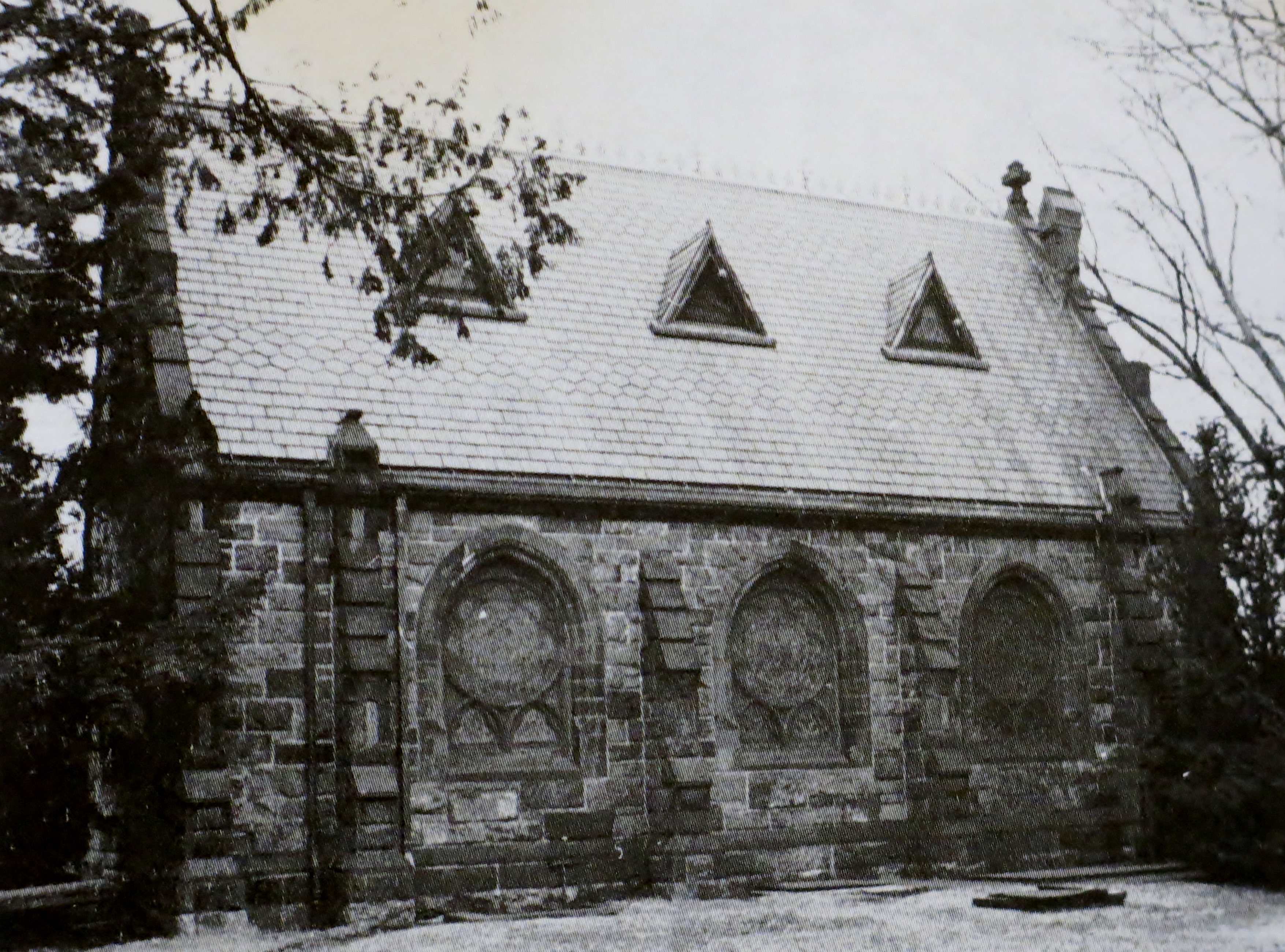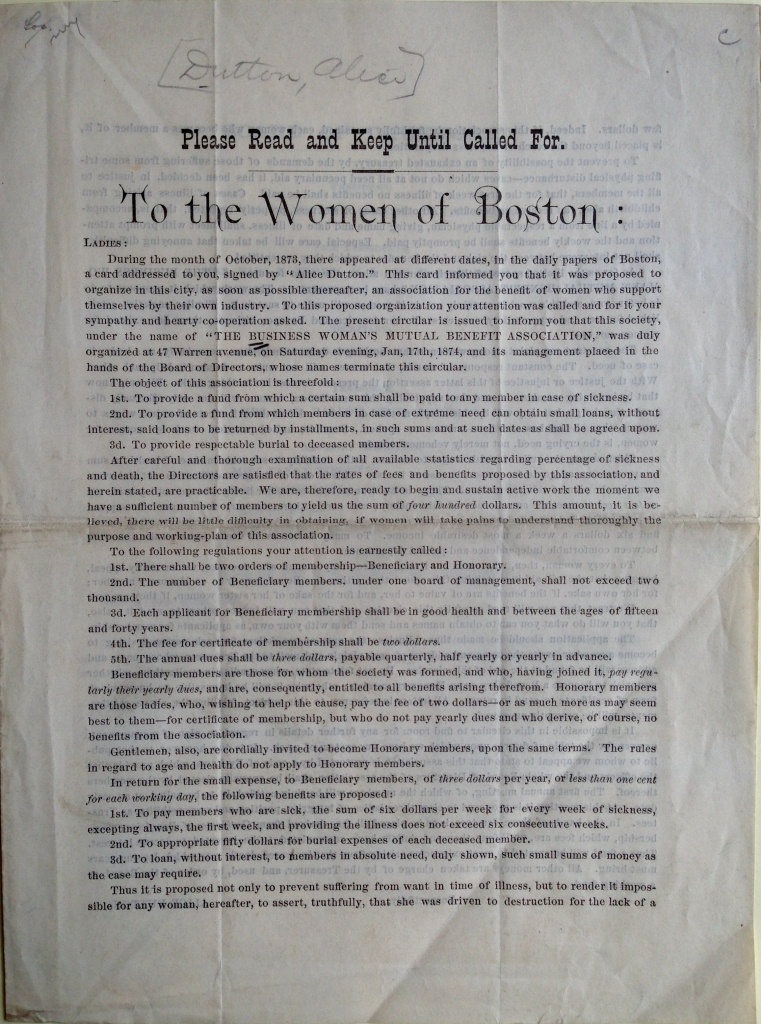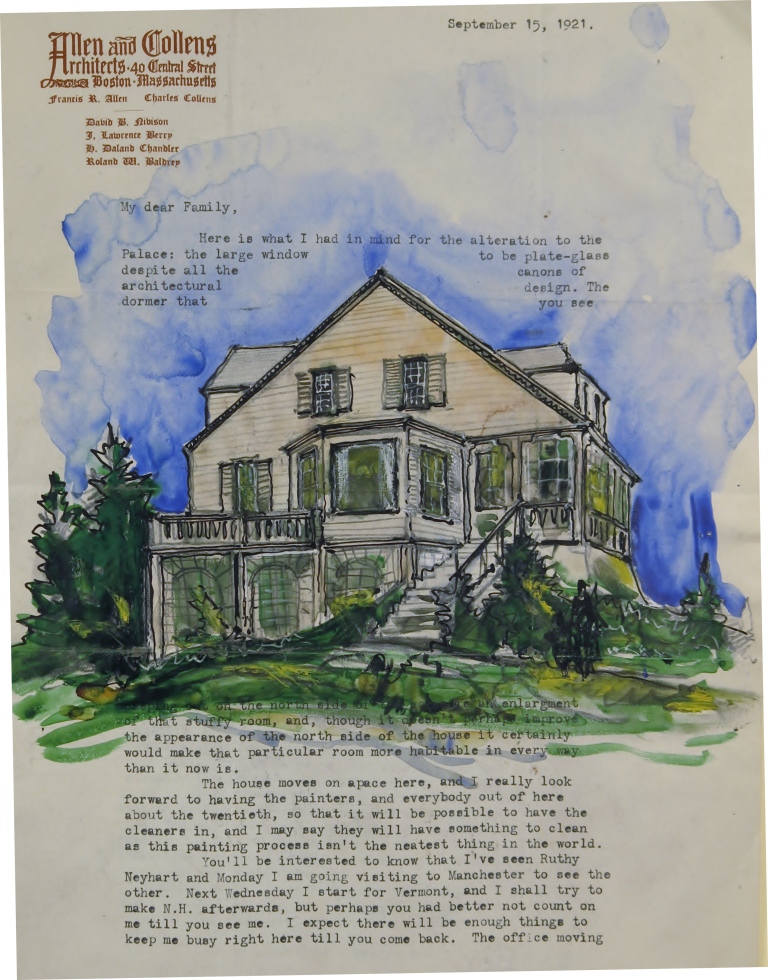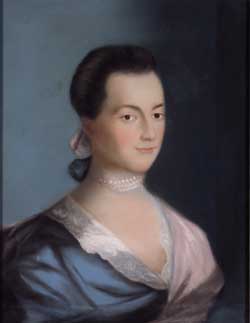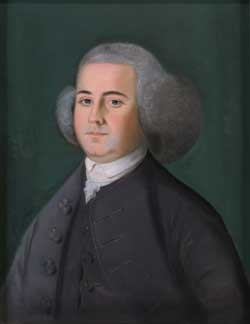By Peter K. Steinberg, Collection Services
The recently launched fully digitized manuscript collections of Civil War papers at Massachusetts Historical Society (MHS) is a significant step forward in making our collections accessible remotely. Motivated by the sesquicentennial of the Civil War, the presentation of full-color surrogates of complete collections will be a model for further digital projects at the MHS. Just as the MHS was inspired by the fully digitized collections available on other websites, we hope our approach can be useful as other organizations undertake similar projects.
Many of the collections were straightforward to digitize. Crudely and in short: remove a folder from the box>remove a piece of paper from the folder>scan>repeat. Of course, much more goes into the process than that: determining permanent and secure storage for 9,000+ images, repairing documents in need of some T.L.C. (Tender Loving Conservation), potentially informing researchers they cannot work with the materials for a while, capturing metadata, tracking all the moving pieces, and so much more. Some collections contained material separated for specific reasons. Photographs and oversize materials, for example, are stored in different locations as these items have their own preservation requirements.
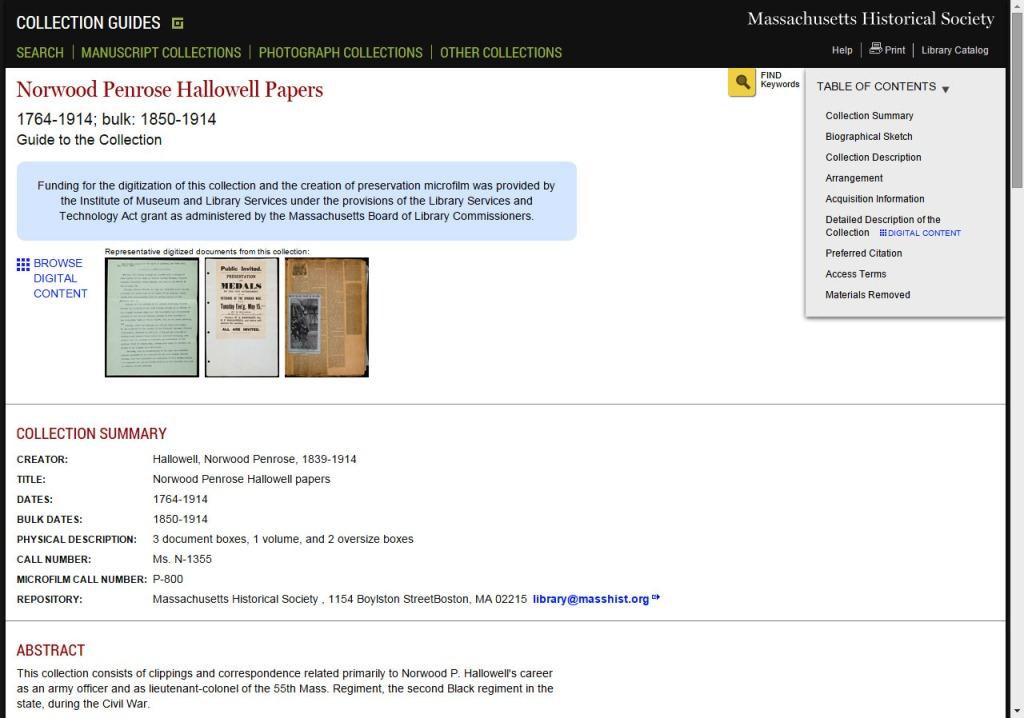
The Norwood Penrose Hallowell papers proved to be particularly challenging to digitize for a variety of reasons. There are loose papers; three disbound scrapbooks; an oversize, intact scrapbook; an oversize scrapbook volume; and some of those aforementioned separated oversize materials. Funding for the digitization of the nine Civil War manuscript collections that enabled both the creation of preservation microfilm and the online version of the collections was provided by the Institute of Museum and Library Services under the provisions of the Library Services and Technology Act grant as administered by the Massachusetts Board of Library Commissioners. Part of the budget of the grant enabled us to send large (oversize) materials to the Northeast Document Conservation Center in Andover for imaging. As part of the preparation to send the collection out, we needed to record how many pages there were in total and how many digital images we expected. Then, once we got the collection back, we needed to reconcile that the collection was returned complete and that all of the anticipated digital images were made.
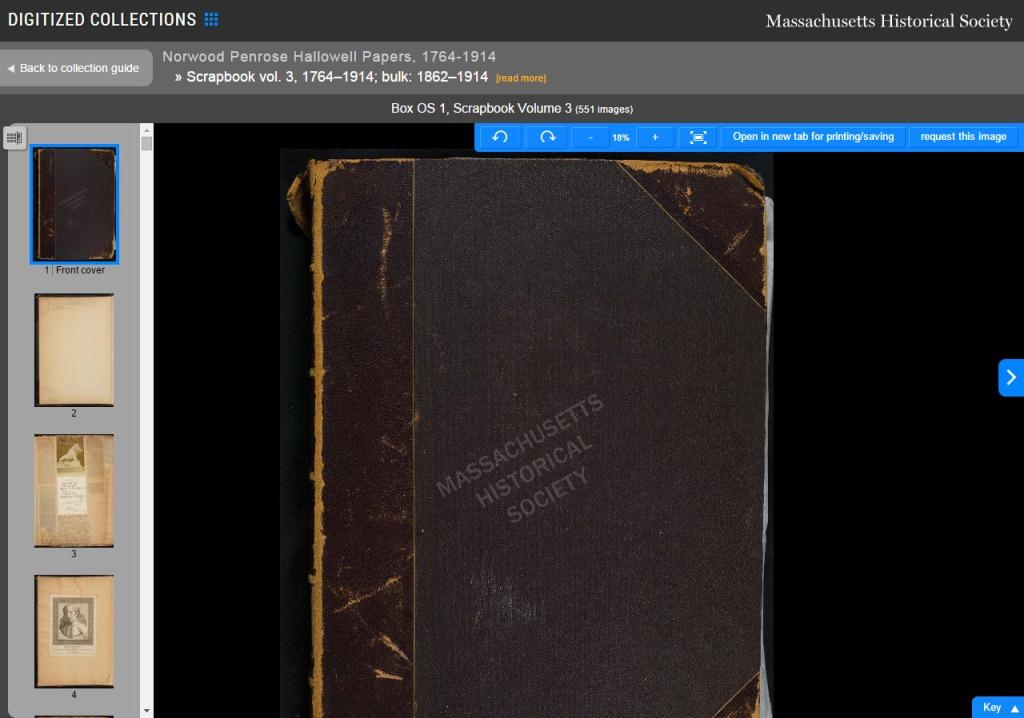
The oversize scrapbook, a.k.a. Scrapbook Vol. 3 was the most difficult part of this collection to represent online. It contains pasted-down newspaper articles, photographs, tipped-in items, photocopies, letters, pamphlets, and other relevant memorabilia. By browsing the digital images, you will see a number beneath each thumbnail image in the sidebar on the left. This is the sequence number that we used to order images so that they will accurately reflect the order of the original item. On occasion, the thumbnail images will appear to be the same. But, please do not be fooled or think us careless. What is actually happening is that a more complicated scrapbook page—one containing something with print on both side of the leaf, or a multi-page document—is being imaged page-by-page, with items flipped up, down, or over, or with loosely tipped-in pieces being photographed and removed one by one.
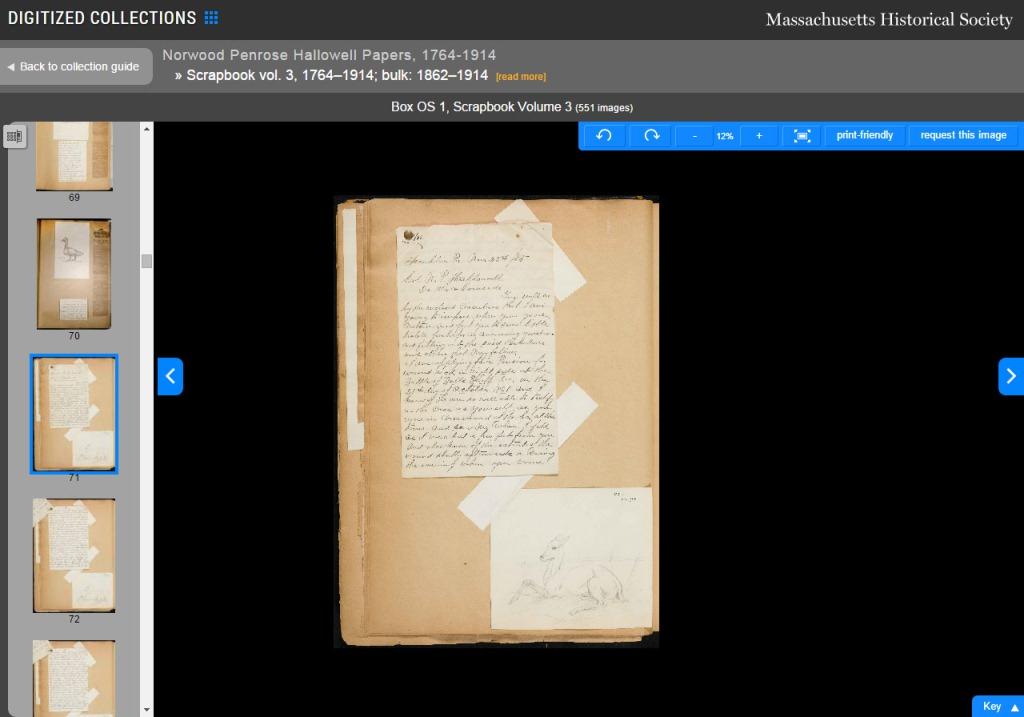
A good example of this is the sequence number range of 71-76. In sequence number 71, you can see the page in its static, flat form, as it would appear if the volume were in front of you: a letter (of six pages) and a drawing an animal (a doe? a deer? a horse? – I know metadata, not animal species). Sequence 72 shows the first page of the letter flipped up, so that you can read the second page, sequence 73 shows the third page of the letter, and so on. This sort of thing happens throughout the series (see also, for example, sequence numbers 140 -148; and 149 -157, which culminates fascinatingly with the story of death of “Jo-Jo” the “Dog-Faced Man”). We hope that this blog helps to explain the treats this collection has to offer. Happy Hallowell!


 1. It is always Christmas Eve in a ghost story.
1. It is always Christmas Eve in a ghost story.
